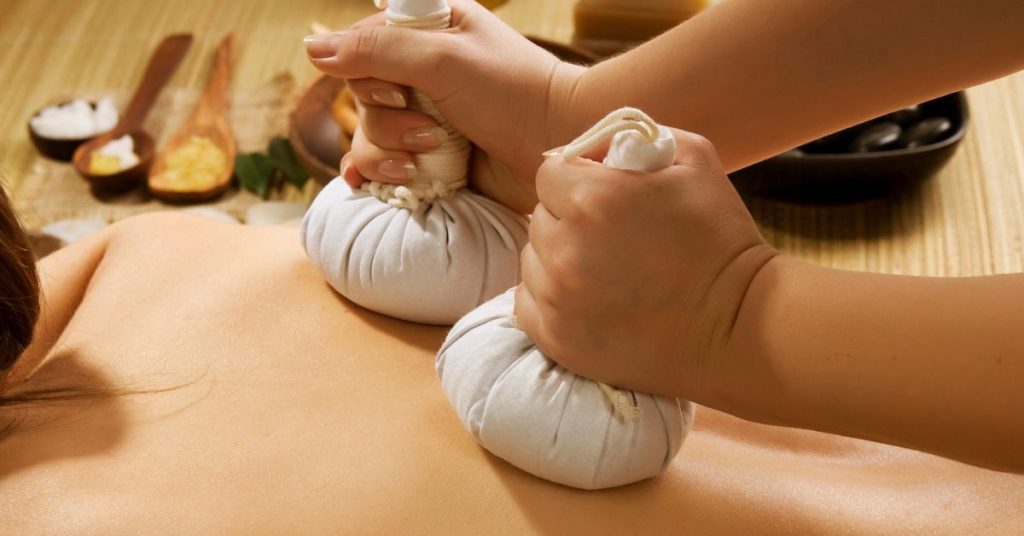Thai massage, an ancient healing art form rooted in traditional medicine, has garnered global acclaim for its unique techniques and therapeutic benefits. Originating in Thailand centuries ago, this massage style has transcended cultural boundaries to become a sought-after wellness practice worldwide.
In this article, we delve into the reasons behind the extraordinary popularity of Thai massage, exploring its distinctive qualities, health benefits, cultural significance, and the overall experience it offers to both locals and visitors.
1. Traditional Roots and Historical Significance
Thai massage traces its origins back over 2,500 years to ancient India, where it was influenced by Ayurvedic and Yoga practices. It later migrated to Thailand, where it merged with Chinese medicine, resulting in the development of a unique massage technique known today as Thai massage. This blend of different healing traditions gives Thai massage its exceptional character and sets it apart from other forms of massage therapy.
2. Unique Techniques and Benefits
One of the key factors contributing to the fame of Thai massage lies in its distinctive techniques. Unlike traditional Swedish or deep tissue massage, massage incorporates stretching, acupressure, and rhythmic compressions along energy lines called “sen.” These dynamic movements stimulate the body’s energy flow, promote flexibility, release tension, and improve overall well-being.
Furthermore, massage offers an array of benefits, both physical and mental. It can enhance blood circulation, relieve muscular pain and stiffness, boost the immune system, reduce stress levels, and promote relaxation. Its holistic approach addresses not only the physical body but also the mind and spirit, fostering a sense of harmony and balance.
3. Cultural Significance and Authenticity
Thai massage is deeply interwoven with Thai culture and spirituality. It is considered a form of compassionate healing and is practiced in temples, hospitals, and traditional wellness centers across Thailand. Massage therapists, often called “healers,” undergo rigorous training to master the techniques and understand the body’s energy pathways.
Visitors seeking an authentic massage experience are drawn to Thailand, where they can immerse themselves in the country’s rich heritage and receive treatments from skilled practitioners. The cultural ambiance, combined with the genuine authenticity of the message, creates a unique and memorable encounter for both locals and tourists alike.
4. Global Recognition and Accessibility
Over the years, massage has gained recognition worldwide for its therapeutic qualities. As more people embrace holistic approaches to health and wellness, the demand for Thai massage has increased exponentially. Massage centers and spas can now be found in major cities across the globe, allowing individuals from different cultures to experience its rejuvenating effects.
Conclusion
The popularity of Thai massage can be attributed to its blend of traditional roots, unique techniques, and a multitude of health benefits. Its ability to promote physical well-being, alleviate stress, and provide an authentic cultural experience has captivated people from all walks of life. As massage continues to be cherished and celebrated globally, it serves as a testament to the enduring appeal of this ancient healing art form.


